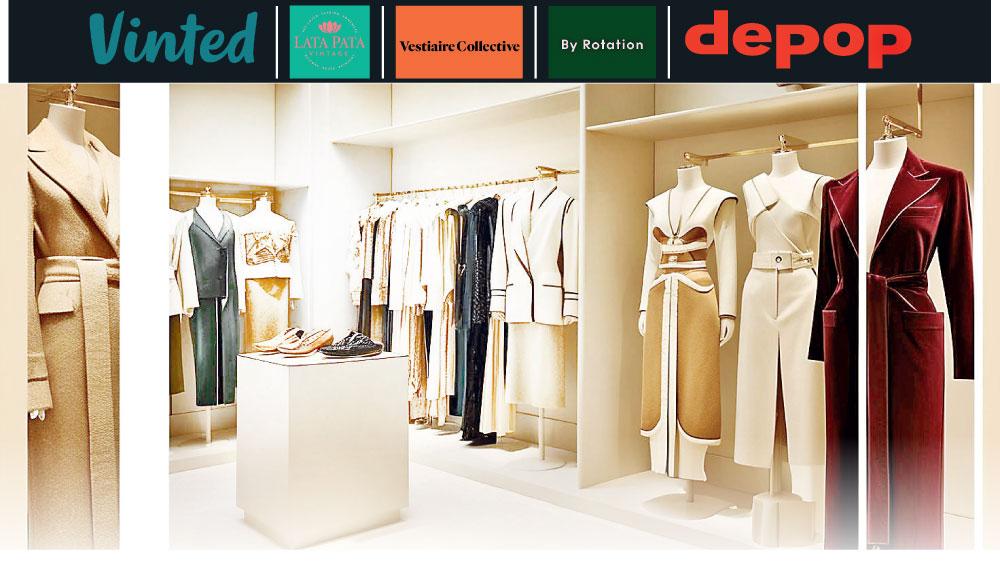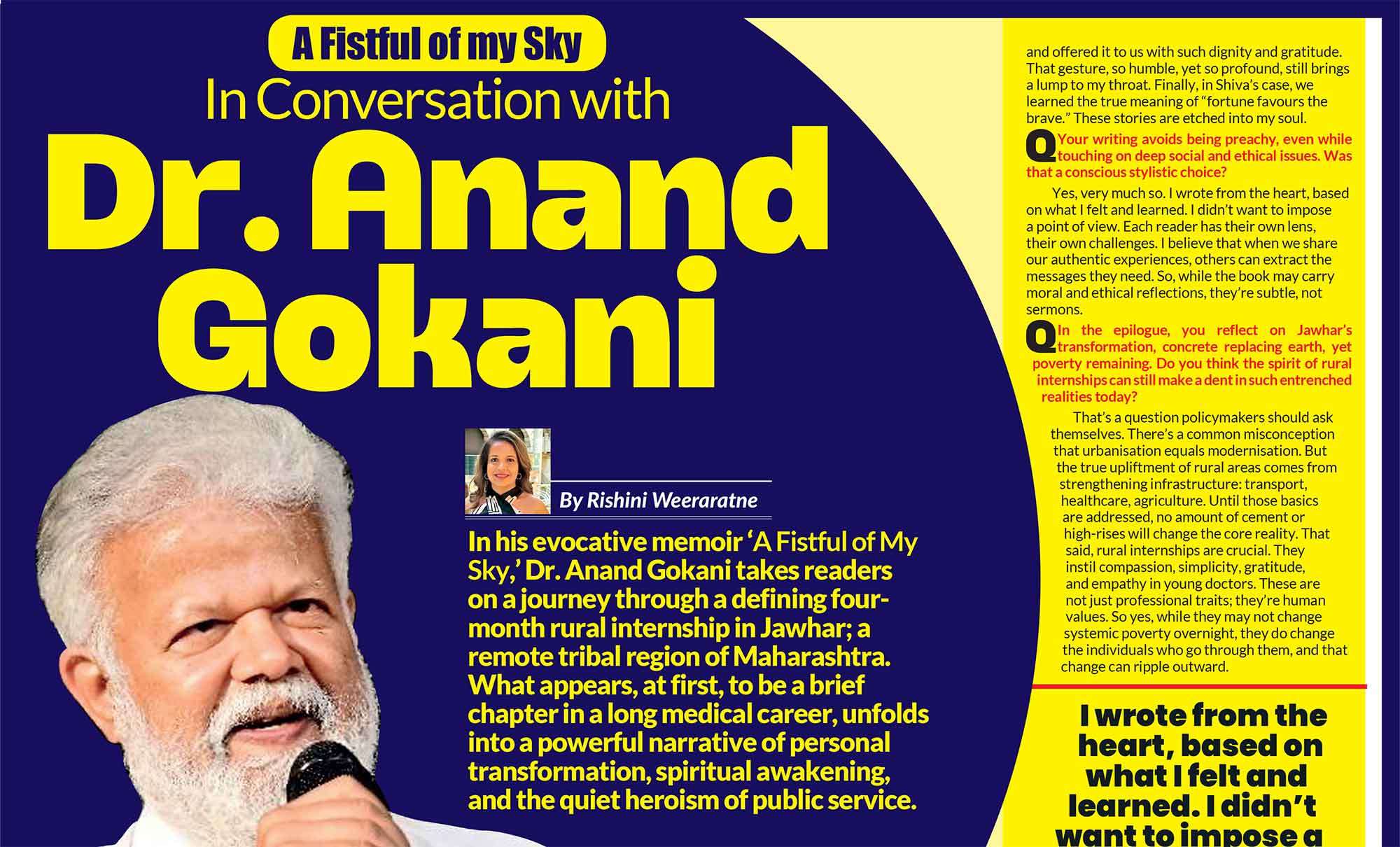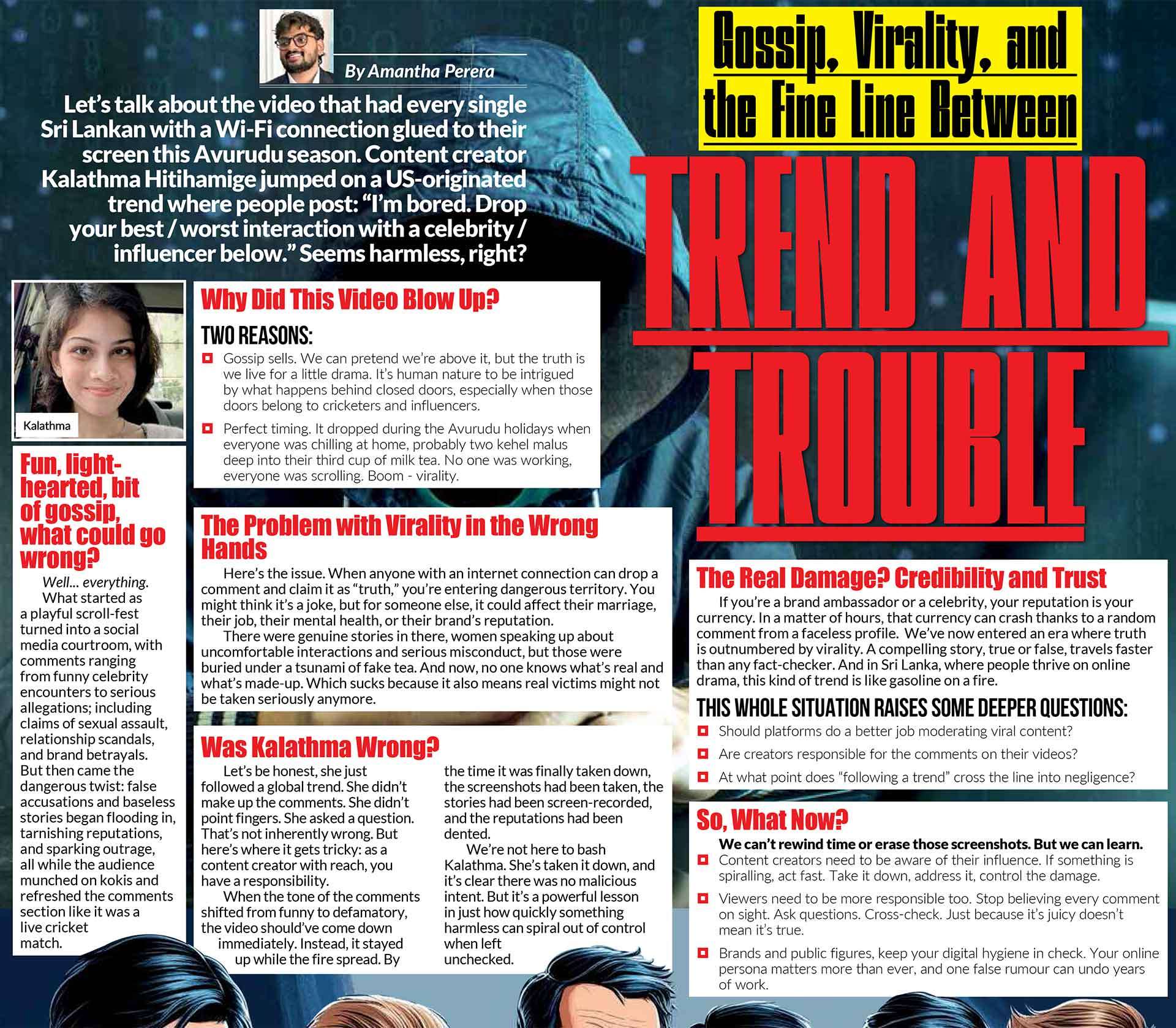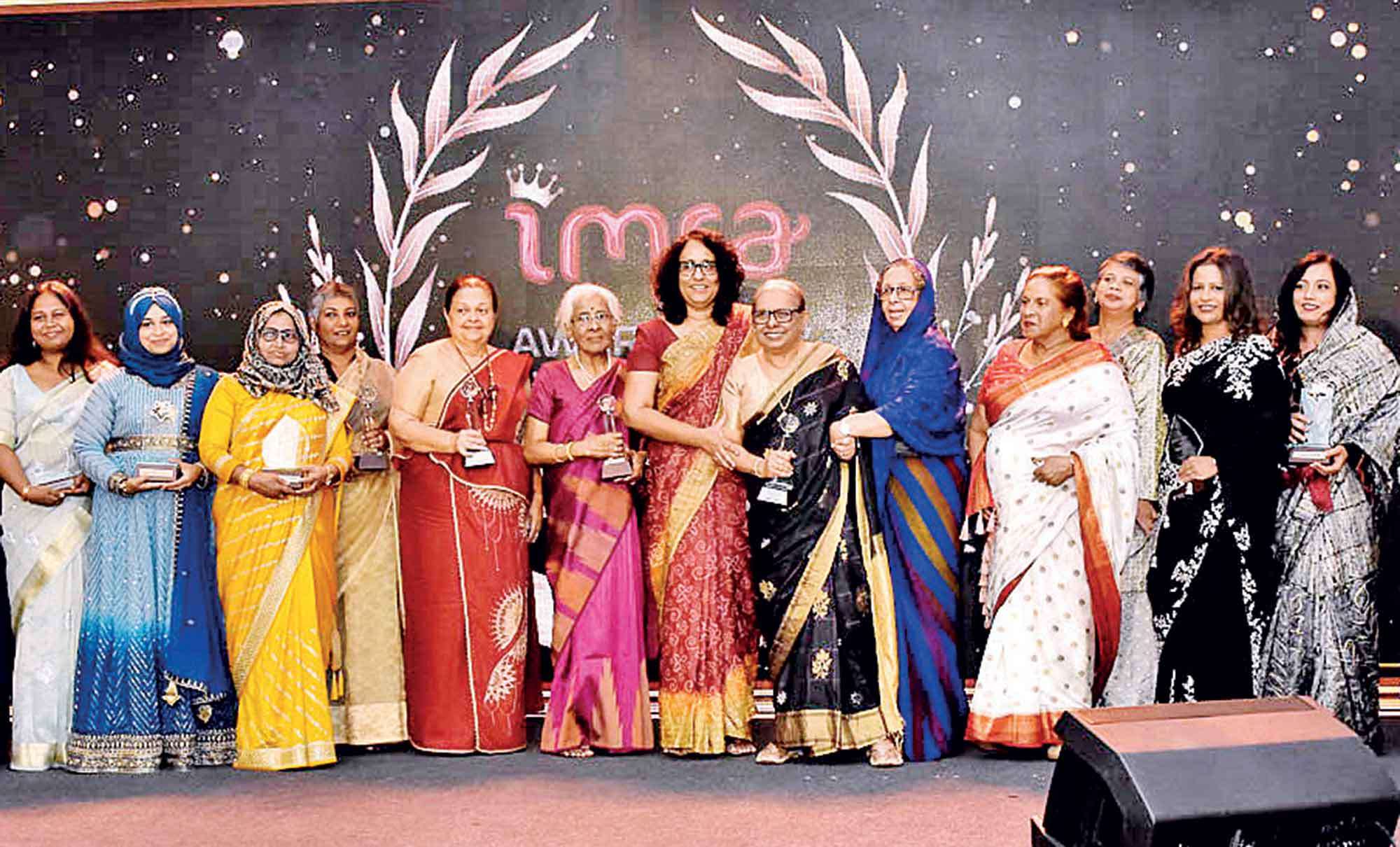How Second-Hand Fashion is Disrupting High-End Retail
In an era where sustainability is becoming an integral part of consumer consciousness, the luxury resale market is thriving, disrupting traditional high-end retail. What was once a niche market has now become a multi-billion-dollar industry, reshaping how we perceive luxury fashion and consumption. From London to Colombo, second-hand luxury is no longer an afterthought but a key segment of the fashion ecosystem.
Buying pre-owned designer pieces significantly reduces the carbon footprint of fashion consumption.
 The Rise of Luxury Resale
The Rise of Luxury Resale
Luxury resale is booming, driven by the convergence of sustainability concerns, economic practicality, and evolving consumer attitudes. The global second-hand apparel market is expected to double in size, reaching $350 billion by 2028, according to ThredUp’s Resale Report. The UK has seen a particularly strong adoption of resale culture, with platforms like Vestiaire Collective, Depop, Vinted, Sellier Knightsbridge, HEWI London (Hardly Ever Worn It), and By Rotation offering authenticated, pre-loved luxury pieces at a fraction of their original price.
Meanwhile, in Sri Lanka, the luxury and vintage resale market is steadily growing, thanks to homegrown initiatives like Lata Pata Vintage, founded by Leesha Captain and Minoli Ratnayake. This platform offers a carefully curated selection of pre-loved designer fashion, and vintage homeware, catering to sustainability-conscious shoppers who seek high-end pieces at more accessible prices.
Sustainability: A Driving Force
The luxury resale boom is closely linked to the global push for sustainability. Fashion is one of the most polluting industries in the world, responsible for approximately 10% of global carbon emissions. Luxury fashion, with its emphasis on quality and craftsmanship, has an inherent advantage when it comes to resale. Unlike fast fashion, luxury items are designed to last, making them ideal candidates for second-hand circulation. Consumers are increasingly aware of the environmental cost of their purchases. Buying pre-owned designer pieces significantly reduces the carbon footprint of fashion consumption. For instance, a report by The RealReal, a leading US-based resale platform, found that extending the life of a luxury item by just nine months can reduce its environmental impact by up to 30%.
The Role of Digital Platforms
Technology has been instrumental in the growth of luxury resale. Online platforms provide a seamless experience, connecting sellers with buyers while ensuring authenticity and quality control. UK-based resale giants like Vestiaire Collective and The Luxury Closet have set global standards, implementing AI-driven authentication processes and partnerships with luxury brands. In Sri Lanka, while the resale market is still in its early stages, platforms like Lata Pata Vintage are creating a community-driven approach to second-hand luxury. Social media has also played a crucial role, with Instagram and Facebook groups becoming virtual marketplaces where high-end fashion finds new owners.
In Sri Lanka, where access to new high-end fashion is often limited, resale platforms like Lata Pata Vintage provide an alternative avenue for acquiring coveted designer pieces.
 The Changing Consumer Perception
The Changing Consumer Perception
There was a time when buying second-hand luxury carried a stigma, but that perception has dramatically shifted. Today, resale is seen as both a savvy and ethical choice. Millennials and Gen Z consumers, who prioritise experiences over ownership, are embracing the circular fashion economy. Luxury brands are also recognising this shift and are increasingly engaging with resale platforms. Burberry, Gucci, and Stella McCartney have partnered with resale platforms to authenticate and sell pre-owned goods. Meanwhile, brands like Valentino and Balenciaga have launched their own resale initiatives, acknowledging that the secondary market is an essential part of the luxury ecosystem.
Economic and Investment Appeal
Luxury fashion has always been seen as an investment, but resale has further strengthened this notion. Some designer pieces, particularly those from Hermès, Chanel, and Rolex, appreciate in value over time, making them attractive investment assets. The rise of ‘re-commerce’ has also provided consumers with the opportunity to rotate their wardrobes without excessive spending, making luxury more accessible. In Sri Lanka, where access to new high-end fashion is often limited, resale platforms like Lata Pata Vintage provide an alternative avenue for acquiring coveted designer pieces. Additionally, resale enables customers to recover some of their original investment, making high-end purchases more justifiable.
Challenges in the Luxury Resale Market
Despite its growth, luxury resale still faces challenges. Counterfeiting remains a significant issue, and platforms must continuously innovate to ensure authenticity. This is particularly crucial in emerging markets where access to expert authentication services is limited. Logistics and pricing transparency are other hurdles. Unlike new luxury items, which have fixed pricing, resale values fluctuate based on demand, condition, and rarity. Ensuring fair pricing while maintaining seller and buyer satisfaction requires a delicate balance.
The Future of Luxury Resale
The future of luxury resale looks promising. With sustainability at the forefront of fashion discourse and digital innovation driving accessibility, the resale market is set to become an even more integral part of the luxury landscape. For Sri Lanka, the challenge lies in expanding the infrastructure to support authentication, logistics, and wider consumer adoption. Platforms like Lata Pata Vintage have paved the way, but the potential for growth is immense. As more consumers recognise the benefits of circular fashion, resale will continue to disrupt traditional retail models, offering a more sustainable and financially savvy approach to luxury consumption.
Conclusion
The luxury resale boom is more than just a trend, it’s a revolution that is reshaping the way we buy, sell, and perceive high-end fashion. From the UK’s well-established platforms to Sri Lanka’s emerging resale scene, the second-hand market is proving that sustainability and luxury can coexist. As more brands, consumers, and platforms embrace resale, the future of fashion will be increasingly circular, ethical, and innovative.












